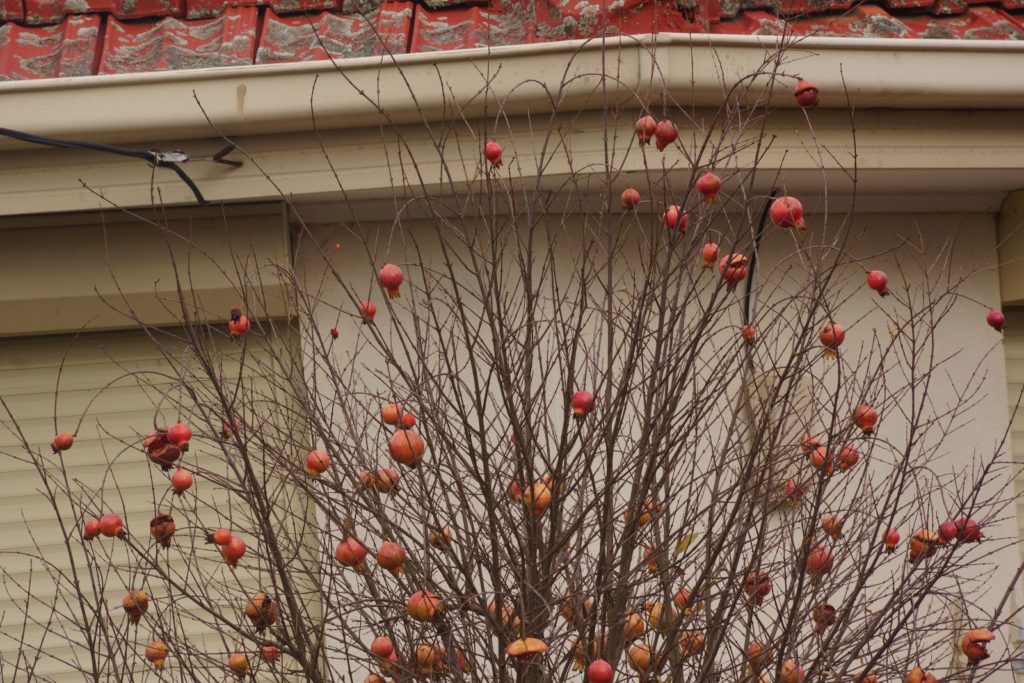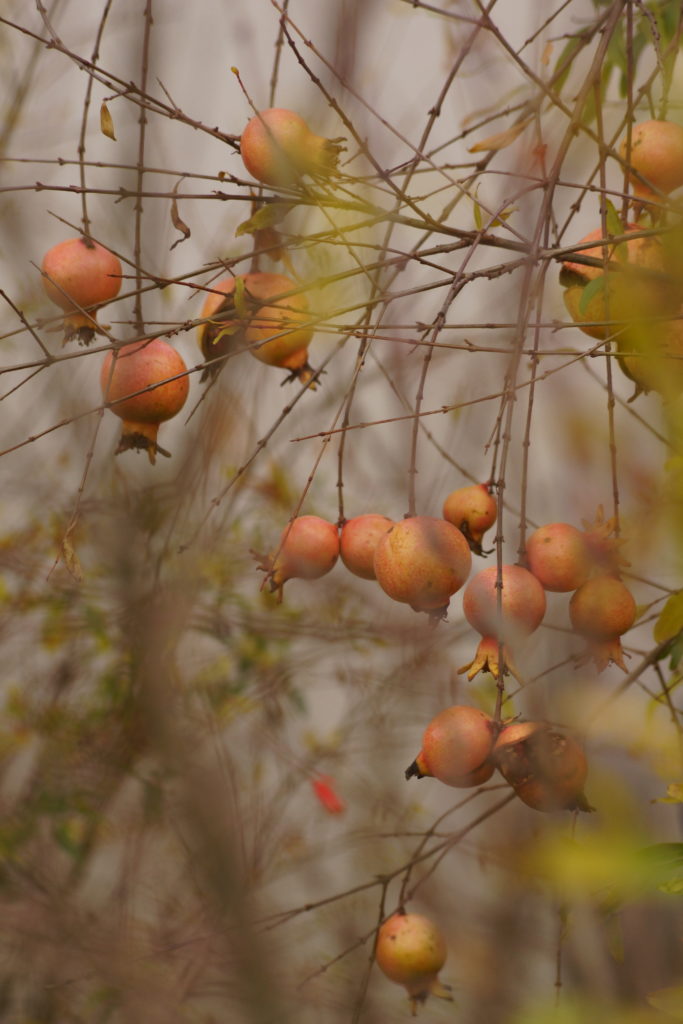Introduction -Resonance
“If you wish to understand the universe think of energy, frequency and vibration.” (Tesla, Nikola (2019) https://thriveglobal.com/stories/energy-frequency-and-vibration/ ) I found the term “to resonate” came up often during this last learning period, I felt the need to unpack it a little, to understand what it meant for me in terms of relationality and engaging with materials. To find a resonance is to find a true connection, a kind of pairing with another body. Matching up frequencies to a true resonance results in a form of amplification, movement or what could even be thought of as growth.
With this concept applied to relational presence it suggests so much more than “I can relate”. Resonance is a feeling, an awareness of your own sensitivity to the quality of vibrations around you. I held this understanding of resonance close along the way of moving through and attempting to articulate what I had come to know.
There were times during this two week learning period that I found myself becoming overwhelmed, feeling uneasy or blocked, I was encountering a sense of dissonance with what I was producing. Looking at this in hindsight I see that I was working with a sort of cognitive and emotional overload, wanting to absorb and engage fully with everything, every element on every level but I could not. Coming from an enthusiastic place of eagerness meant that I needed ways to manage the content and process it in a way that would see me operating within my capacity or my window of tolerance.
There are many elements, especially in a multimodal setting, from texts, and notes, inspired discussions, physical making, listening, implementing values and responding and all these things have their limitations. I soon learned that trying to grasp all the content at once while exploring all the materials was not only unrealistic but exhausting!
Checking in with myself meant sometimes I just need to sit, not reading or making, not even thinking about anything (I think it’s called rest). This enables me to return to the work in a phenomenological way, refreshed I am more able to assess my place within it all.
“Windows of tolerance shrink during times of high-stress. Rather than forcing yourself to engage when you can’t, give yourself permission to ask for what you need in order to stay present ” (L.Braman. 2020 https://www.facebook.com/lindsaybraman/photos/a.109003177251212/159182738899922/?type=3)
I can work with the processes of clustering, bracketing, reduction and amplification to support me in managing and controlling the data and potential sensory overload. I did however find that reduction could act as a form of amplification if I wasn’t careful. Reducing ideas down to a single element required me to focus in on the innate qualities and of course by doing this I am exploring, again becoming curious, going deeper and leading myself further down the rabbit hole. My reduced key element is suddenly expanded, resulting in my findings becoming amplified, and so the cycle goes.
By being satisfied with less I am able to clearly see the content that is available, trusting that it is of value and that there is no need to seek out more in this moment.
“Filtering out extraneous information is one of the basic functions of consciousness. If everything available to our senses demanded our attention all the time we wouldn’t be able to get through the day.” (Schwartz, B . (2004) The Paradox of Choice)
Recognising emergence is helpful, bracketing and identifying what is useful now and what may be later are tools that I can draw on. I have welcomed the idea of creating a basket of bracketed elements that I can return to, or that I can change my mind about and get rid of, I am allowed to make the choice, after all I’m a multifaceted being! What is important to me right now may not be tomorrow just as that which does not resonate right now may reveal itself differently next week.
“Do I contradict myself? Very well, then I contradict myself, I am large, I contain multitudes.” (Whitman, W. Song of Myself, (1892) https://www.poetryfoundation.org/poems/45477/song-of-myself-1892-version)
I have been practicing as a multimodal artist for twenty years, working with paint, sculptural mediums, print processes, found object installation, photography, film and live performance. Each modality is unique in what it has to offer and each exists within its own parameters, having its own limitations, associated techniques and capacity for expression. These variations all contribute on some level with the maker’s sense of connection to the outcome or form, the satisfaction in the doing and the potential of uncovering some kind of meaning.
As I am inquiring further into materials I am coming to know new ways of being with them, having conversations with them, recognising them as bodies and trusting the process as one of collaboration and emergence. The outcome is then more of a record of our relationship, a mapping or marking out of discovery points along the way, this disrupts the notion of control over the modality. By trusting the process I am becoming free of preconceived expectations or design. This way of working contributes to a greater sense of connection, a smoother interaction where my creativity feels expanded, reaching out beyond the framework of that which I already knew.
I can see how these knowings are relevant and useful when companioning another. By promoting playfulness, connection, trust and confidence in the exploration of multimodality we are unveiling possibilities and presenting them in a way that is accessible.
Mapping the Pomegranate
As part of this reflection I felt the need to sit with the readings and my journal for two days before beginning to respond. It was important for me to embody these knowings, I note to “keep it simple and real” and choose to reconnect with some on-hand materials. I set myself up to document a two hour reflexive responding session of inquiring into what I was coming to know through mark making and exploratory play.
On my desk at the time I have some nice inks, black felt tip pens and watercolours, these are materials I am familiar with and happy to employ for the purpose of this inquiry. I also have five rotting pomegranates that have been hanging around on my desk for some reason, I conclude that it must be so I could include them in this process. I picked them from a scrawny struggling concrete bound tree whilst walking with my daughter. I usually take a camera with me on our walks to capture the afternoon light on the shapes of my suburban landscape.

I got the impression the residents of this home weren’t particularly interested in the tree, it stood there spindly and unkept, surrounded by ruptured, unripe fruits rotting away beneath it. The tree grew from a three inch crack between two slabs of concrete, It had done a good job to get this far I thought to myself, considering it’s unfortunate life circumstances.
It reminded me of a short performance I did last year that considered the placement of a tree; how the place in which the tree takes root and grows affects its life and the lives of other living things. Similarly, I thought about how that principle applies to people, their response to space and place and how they are shaped by the environment they find themselves in.
I digress.

Today these pomegranates will be part of my art making materials. I did consider dashing out to my studio and having a quick look for “any other materials’, but I don’t, I remind myself I don’t need to, that everything I need is right here in front of me. That the pomegranates are perfect.
If they were thriving juicy fruits I would be eating them, not incorporating them in this study and so it might seem that their imperfections have in fact glorified their lives.
The question I am asking myself is “what I have come to know?” I start by asking the fruit “what would you like to tell me?” I listen while I hold the fruit and begin to make marks, I am responding.
This action of making as inquiry feels to be a body led, trust based process, my thoughts are light and I am moving with ease, in flow. A collaboration with the materials as we work through this together.
Opening each of the dry rotting fruits is a surprise, each having varying levels of decay. The more I look the more I notice.
This inquiry process is my reflexive response to the criteria, I document this not only to share but to reflect for myself what I notice happens from an outside viewpoint. A great aspect of using video is that it creates a large collection of still images that allows details to be observed later, nuances that may have otherwise been overlooked are revealed. The result is this short video Mapping The Pomegranate.
I trace invisible lines, I am drawing an accidental terrain, the marks I am making are describing this process.
Playing with the fruit’s shapes and textures, I observe, most are broken or damaged in some way, running my fingers along their fault lines gently, I wonder why they are cracked and damaged and how it happened. Some release mould spores, I see them rise up with my bare eyes, some revealed tiny fly bugs that were just as surprised as I was to have been found.
I find pleasure in new processes -ripping, pilling, slapping, dragging. Clustering the arils reminds me of a theatre game called school of fish where participants are trying to keep together as a group whilst moving continually around the space. There is no leader, the group can change direction anytime, it’s the group dynamic at play. I consider how I am controlling this small group of otherwise inanimate objects yet in this moment each seems alive and to be moving with its own intention and perspectives.
By slowing down and being with the materials without the weight of expectations, this is where the resonances and the subtleties surface.
My experiences with intersubjectively responding as an offering and with artmaking as personal inquiry has produced some genuine moments of embodiment and growth for me, these are the beginnings of meaning making.
References
Schwartz, B . (2004) The Paradox of Choice: why more is less. page 23 para 1. Harper Collins Publishers.
Tesla, Nikola (2019) https://thriveglobal.com/stories/energy-frequency-and-vibration/ Para 2
Whitman, Walt. (1892) Song Of Myself, stanza 51, https://www.poetryfoundation.org/poems/45477/song-of-myself-1892-version
Leave a Reply
You must be logged in to post a comment.